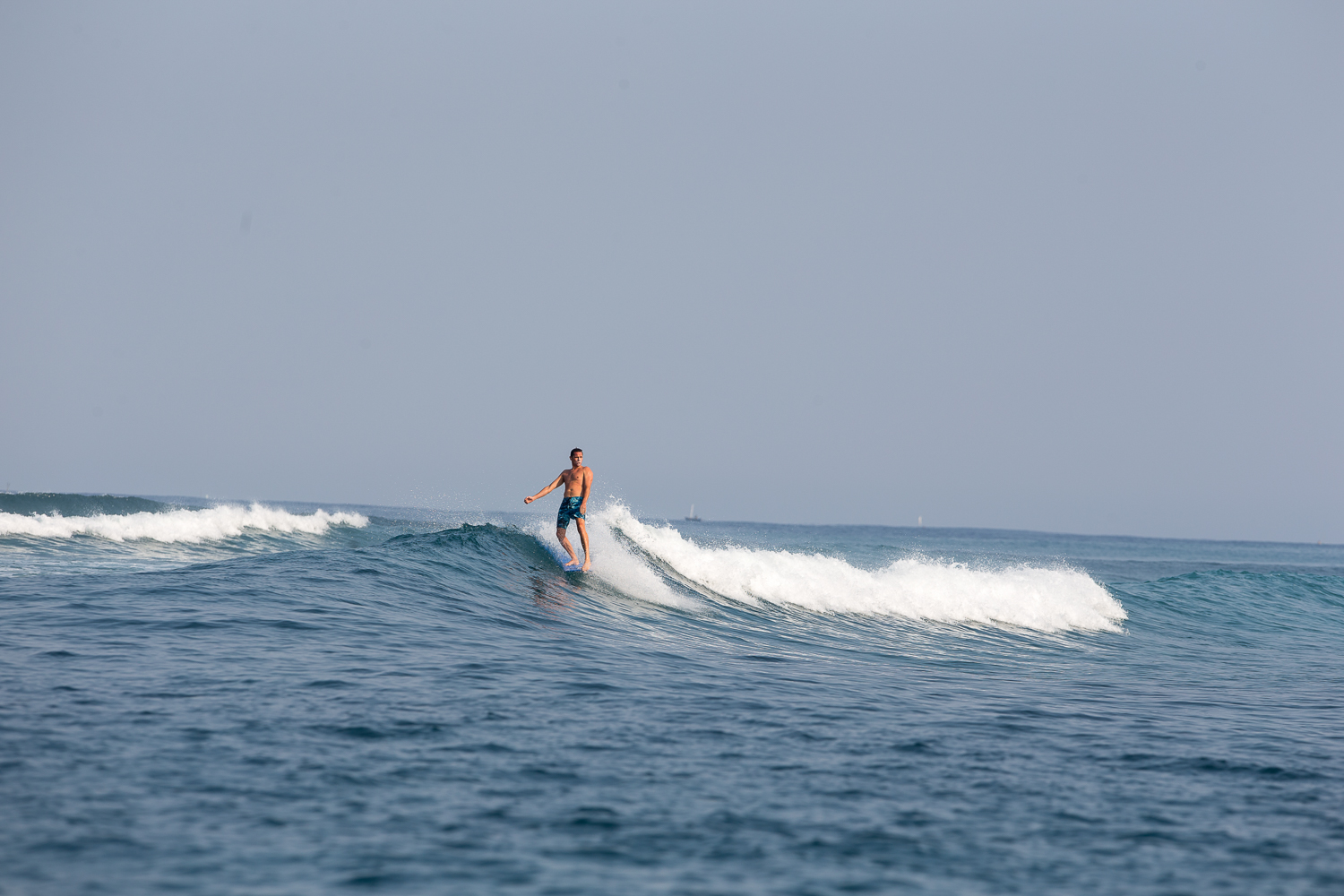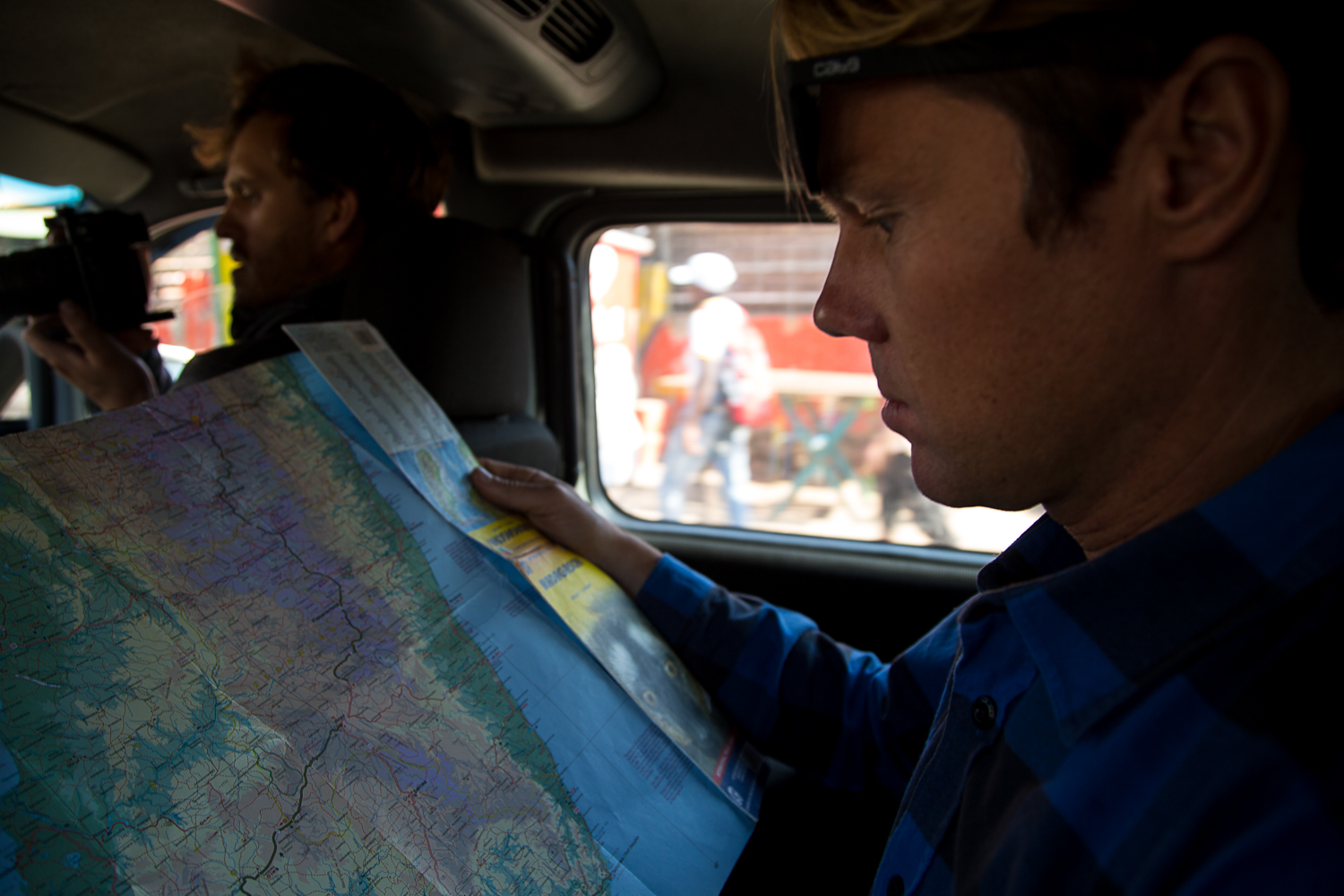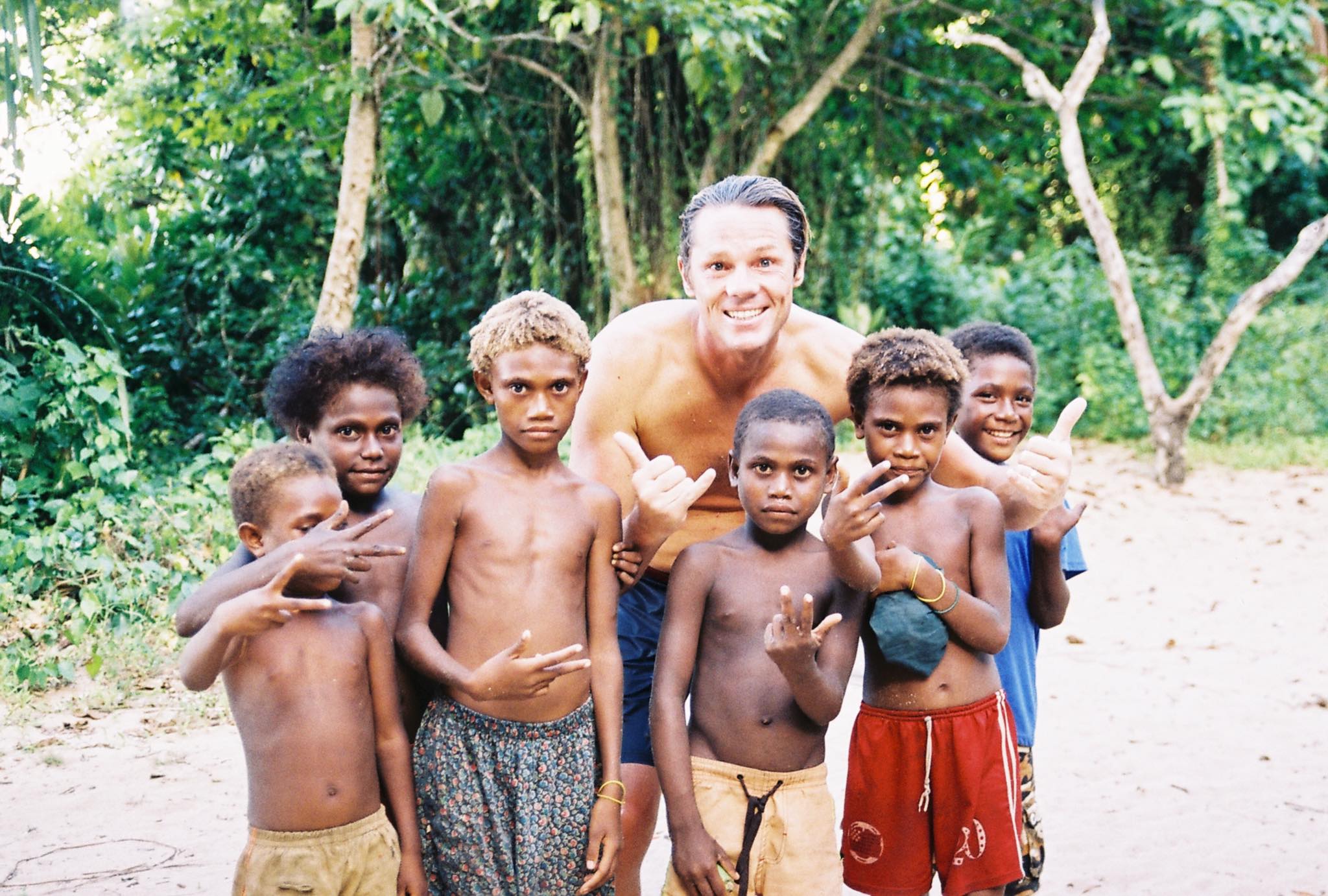1) Surfing has become a vehicle for you to travel and experience the world. What is unique about surfing, in particular, that allows you to transcend cultures and connect with humans all around the world?
Wrapped in a transparent cloak of seawater and spray, surfing is one of the few activities that takes you out of your comfort zone by immersion in a liquid environment. So I think the deepest connection surfing allows is one with the environment. But while travel and exploration is a big part of surfing for me, I’ve always wanted to take surfing beyond the wave, to a wider sense of place – to people in concert with landscape, and to cultural exchange.
Surfing can be such a powerful way for a local community to develop confidence, resilience, pride and stewardship of their local environment. This is really apparent in the likes of post war and post Ebola Liberia and Sierra Leone. Both countries have developed vibrant local surf cultures in front of the left points at Robertsport and Bureh Beach respectively. I first visited Liberia in 2006. Monrovia had just turned the streetlights on for the first time in 15 years.
2) How did you fall into your current line of work — which most would consider a dream job — filming your travel to foreign surf cultures in the series Brilliant Corners?
A number of years ago I set out to produce and present a series of documentaries exploring emerging surf cultures, and capturing the power of surfing for social good. With a Spartan budget (first raised via a University research grants while I was doing my PhD) I shot the first three episodes in Haiti, Jamaica and Barbados to cut my teeth (with no prior training as a filmmaker or presenter). Aiming to have five shows per series, the project came together with Liberia and China episodes and a distribution agreement from XTreme Video – http://www.x-tremevideo.com/films/brilliant-corners/
I upped the ante in the next season documenting Sierra Leone, Oman, Ghana, The Philippines and Mauritania – https://tvfinternational.com/programme/16148/brilliant-corners/1?r=high – The template was fairly experimental: not the best surfers in the best waves (which the surf filmmaking world does very well indeed), but narrative based journeys to celebrate (what I believe to be) miss-represented places, and empower local surfers as ambassadors within their communities. I wanted to showcase surfing as dance, the lyricism of travel, and document often overlooked art, landscape, music and carnival, with no rules to play by.
When the WSL launched WSL Studios, Erik Logan got in touch to see if I’d be keen to start doing the show with them. He’d spotted it on other platforms. It was a golden opportunity. I could tell he had a real passion to support content that celebrated all those powerful stories in surfing that were not getting shared – such as emerging surf cultures, adventure and discovery that engaged more with the place than the waves, and the increasing participation of multi-ethnic and multi-ability backgrounds in waveriding. The current season features Madagascar, Papua New Guinea, India, Senegal and Algeria – https://www.worldsurfleague.com/watch/415354 – and I have a new season in the pipeline.




